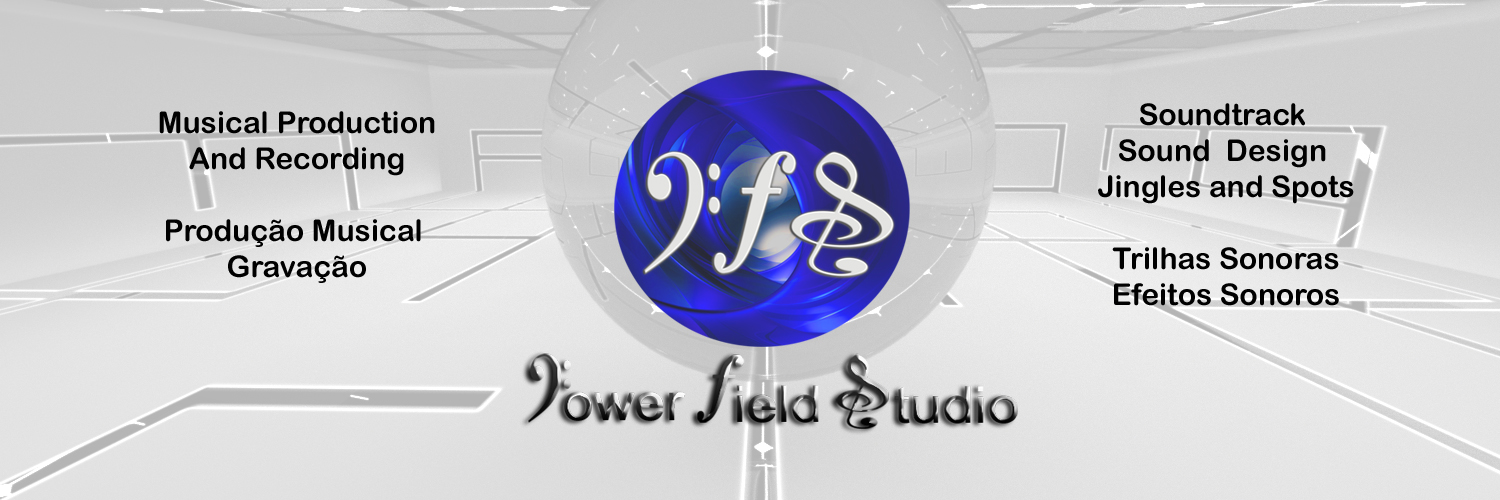HOW TO CREATE SOUND FOR COMMERCIALS – INSIGHTS FROM AN AWARD-WINNING SOUND TEAM:
How do you create sound for commercials? Here, the sound team from Factory Studios shares insights and approaches behind the sound for some of their critically-acclaimed work:
Written by Anthony Moore, Dan Beckwith, Mark Hills & Phil Bolland. Videos and photos courtesy of Factory Studios
Established in 1997, Factory is an award-winning sound design and audio facility based in London. With a highly skilled team of sound designers headed up by Founding Partner and Creative Director, Anthony Moore, Factory has created some of the most revered and awarded commercial work of recent years.
With a passion for promoting the craft of creative sound design, Factory’s work has been globally recognised by the likes of the Cannes Lions, BAFTA, D&AD, Clios, Music & Sound Awards and the British Arrows to name but a few.
Projects of note include an impressive body of work created for Honda with films such as ‘Hands’, ‘Ignition’, ‘Paper’ and ‘The Other Side’. The company has also been involved with every John Lewis Christmas campaign since the launch of the iconic ‘Long Wait’ back in 2011. Last year saw Factory working as part of the team that helped to create the stunning ‘We’re The Superhumans’ campaign for Channel 4.
As Factory celebrate their 20th anniversary, the sound design specialists have a whole host of interesting projects lined up for the remainder of 2017. Factory’s new Dolby Atmos suite is ever popular as clients begin to realise the true potential of immersive sound design. The company have also pushed forward with their long form work and have two major feature films in production which are due for release in 2018.
A Sound Effect caught up with Factory Sound Designer’s Dan Beckwith, Mark Hills and Phil Bolland to find out more about their work, their processes and what it takes to make award-winning sound for advertising…
Dan Beckwith – Sound Designer, Factory

‘We open on an underwater shot in a large indoor swimming pool. We wait anxiously. Through the still, reflective surface of the water, we can make out a person ready to dive in. Suddenly, as the diver crashes into the water, we are transported though a series of currents via flashing imagery until the diver emerges, floating peacefully in an otherworldly landscape.’
This is the kind of imagery that can be conveyed in a script or a directors treatment for a TV commercial.
At Factory, we always encourage clients to involve us as early as possible on a project. Being able to see the script allows us to start forming our own ideas on sound design, which can then be fed into the creative team as they prepare to shoot. More often than not, the projects that think about the sound from their inception, usually sound pretty amazing by the end. From the moment we are briefed by our client, we immediately start to think about creating our soundscape…
What sound design techniques will we use?
Will the sound design lead the story?
Will the piece involve music?
Will I need to record locations, Foley, bespoke effects, or perhaps our Head of Transfer talking with his head in a bucket of water?
With every job at Factory, we always look to meet with the creative team and director to talk through their thoughts on sound and their overall vision for a project. This gives us a chance to explore the sound design possibilities together and create a plan to make their project sound as amazing as it possibly can. Because that’s what it all comes down to, making your client excited about their sound and the process ahead.
Exploring sounds and ideas is often what makes a project great
From here, we begin to schedule the job with our bookings producers. It’s vital that we allocate the correct amount of time required to create our sound design. We often encourage clients to allow us the time to experiment, especially on more abstract sound design briefs. Exploring sounds and ideas is often what makes a project great. Never be afraid to get it wrong before you get it right. Experimentation can often lead to better, more exciting concepts.
At Factory, we always encourage collaboration across our work. This is why you will often see two sound designers allocated to a project. This methodology allows for greater creativity and more flexibility on a job. As the old adage says, four ears are better than two!
We have recently completed a new spot for Volkswagen entitled ‘
The Button‘ with sound design and mix from myself and Anthony Moore.

WW – The Button, Audio by Factory Studios
We hit upon the idea of grading the sound design to match the era and feel of each scene
This project saw us working closely with the creative team as we set about creating six very different feeling movie scenes within one commercial. With a brief centered upon bringing to life the genres of Sci-Fi, espionage, action-thriller, adventure, blaxploitation and horror; we hit upon the idea of grading the sound design to match the era and feel of each scene. Hence, the 1930’s horror section was mixed in mono and then degraded using an old, worn out tape effect. The Sci-Fi sequence was built to sound grand and futuristic, whilst the blaxploitation scene was warmed up with some tape fuzz and a cheeky Wilhelm scream thrown in for good measure. Having our creative team on board and excited about this concept from the outset was invaluable to the success of the project.
How to create sound for commercials
CLICK TO TWEET Mark Hills – Sound Designer, Factory

As a Sound Designer at Factory, I am very aware of how music can be one of the most powerful cinematic devices available to us. It has the power to dictate the story, emotion and pace of a film. If used correctly, music has the potential to create a lasting impression with an audience for years to come.
In November 2011, John Lewis released the now iconic Christmas TV commercial ‘
The Long Wait’ , with the sound lovingly brought together here at Factory. John Lewis had been releasing popular Christmas adverts for many years, but this time around something was different.

John Lewis – The Long Wait, Audio by Factory Studios
The film was a phenomenal success for a great number of reasons, but one integral component that people couldn’t stop talking about was the music. A hauntingly beautiful cover of The Smiths ‘Please, Please, Please, Let Me Get What I Want’ by Slow Moving Mille was absolutely fundamental to the success of the campaign.
Not only did it push the John Lewis Christmas ads to the forefront of popular culture, but it also inspired a new genre of advertising which has been influencing the visual and musical styles for brands ever since. As such, the choice of song for the John Lewis Christmas campaign seems to create as much hype and anticipation as the film itself.
So knowing it’s potential, how do we ensure that music is given the full care and attention it deserves in a TV commercial?
On certain jobs, we are fortunate enough to work with composed tracks specifically written for the film, where the music follows the action and fits perfectly with the content on screen. However, more often than not, we are working with existing pieces of music which require intricate editing.
Music editing is one of the most valuable and important aspects of our job
Music editing is one of the most valuable and important aspects of our job. Taking an existing piece of music and cutting it to work with the story and feel of the film is where things get really fun. In ideal scenarios, we’re able to mix the music from supplied stems which provides us with an even greater level of creative freedom.
Stem mixing affords us the opportunity to pick and choose what elements of the music we want to hear, or even remove the parts we do not. It allows us to create more complicated edits seamlessly and it opens up a world of possibilities for surround sound mixing.
With the introduction of Dolby Atmos we can literally surround and immerse the audience completely into music, which is exactly what we did with our recent Vue ‘
This Is Not A Cinema‘ project. By working with stems of ‘The Rift’ by Solomon Grey, we were able to creatively pan pads and musical motifs through the cinema to totally immerse the viewer in the experience. Our aim was for the sound to invoke a physical reaction from our audience through this use of movement and some clever frequency manipulation. On watching the first few playbacks, we had our client stating that the ‘hairs on the back of the neck’ were indeed tingling! Job done.

Vue – This Is Not A Cinema, Audio by Factory Studios
At Factory, we always strive to go further than just placing a piece of music over a film and making it match the timings. It’s incredibly satisfying to sound design to the rhythm of a track; or to take a sound effect and transpose it to match the key of the music. In a busy mix, tricks like these can often help the mix come together, as opposed to a multitude of layers merely sitting on top of each other.
It’s this kind of attention to detail which, when all combined, creates a truly crafted piece of work
One of my favourite examples of how perfectly music and sound design can work together is
Virgin Media’s ‘9.58’ commercial. The basis of the advert is to provide the audience with ten examples of just how fast 9.58 seconds really is. Starting with a gunshot from a starter pistol, the music, visuals and sound design all begin to synchronise to the rhythmic tempo of the digital stopwatch. The soundtrack continuously builds with the advert, allowing each scenario to give a slightly different twist on the music. At the end of every 9.58 seconds, the starter pistol fires again and we begin a new scenario. Throughout the film, individual sound effects are repeatedly timed to the rhythm of the beat which becomes a key motif throughout. It’s this kind of attention to detail which, when all combined, creates a truly crafted piece of work.

Virgin Media – 9.58, Audio by Factory Studios
The commercial world of sound design also sees us working regularly with voice artists. I’ve always been of the opinion that a good voiceover talks to the audience, not at them. O2’s ‘
Follow The Rabbit’ commercial is a great example of this. Softly spoken, it invites you into its world and instead of forcing you to listen, it actually makes you want to listen.

O2 – Follow The Rabbit, Audio by Factory Studios
A great voiceover starts with the performance, and the best way to ensure that an artist achieves their best is to ensure they are comfortable and happy
A great voiceover starts with the performance, and the best way to ensure that an artist achieves their best is to ensure they are comfortable and happy. Talking through a script with them, addressing any potential issues or confusion, and being open to suggestions of how they want to work is vital. Once you’ve set your level and everybody is ready, you can pretty much press record and let them do the hard work.
Asking a voiceover to read with a smile or playing music lightly in the background can entirely change a performance. From a technical side, the sound engineers job is to ensure that the recording is clean, and to keep an eye out for issues such as noise being picked up on the mic, plosives and very importantly, to keep an eye on the timings. Wherever the mix is played, the goal is to ensure the voiceover sounds clean, clear and effective. After-all, a voiceover is there to be heard.
















